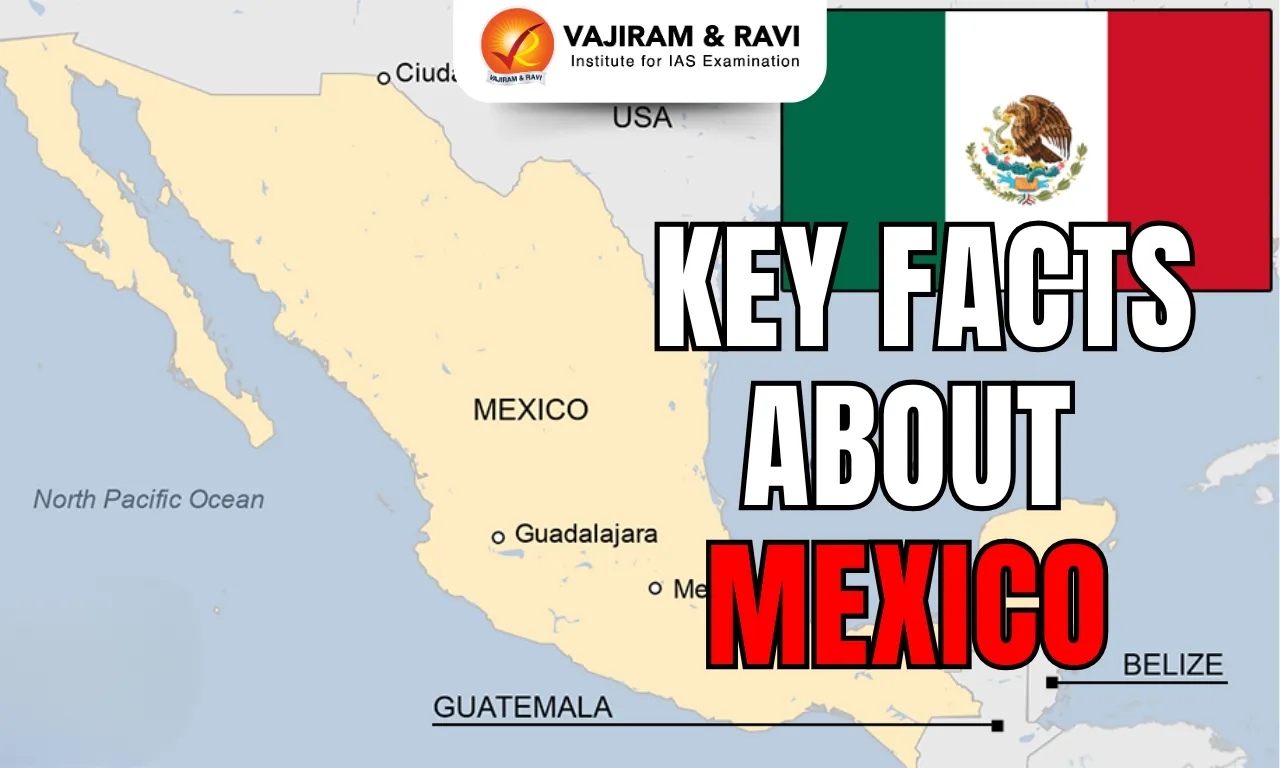Hindu Kush Himalaya Latest News
The Hindu Kush Himalaya (HKH) region recorded its lowest snow persistence in 23 years during the 2024–2025 winter, according to a new report published recently.
About Hindu Kush Himalaya
- The HKH mountains extend around 3,500 km over eight countries — Afghanistan, Bangladesh, Bhutan, China, India, Nepal, Myanmar, and Pakistan.
- It covers an area of approximately 4.2 million sq.km.
- It runs northeast to southwest and divides the valley of the Amu Darya (the ancient Oxus River) to the north from the Indus River valley to the south.
- To the east the Hindu Kush buttresses the Pamir range near the point where the borders of China, Pakistani-administered Kashmir, and Afghanistan meet, after which it runs southwest through Pakistan and into Afghanistan, finally merging into minor ranges in western Afghanistan.
- The range has numerous high snow-capped peaks, with the highest point being Tirich Mir or Terichmir at 7,708 meters (25,289 ft) in Chitral, Pakistan.
- It is considered the Third Pole (after the North and South Poles) and has significant implications for climate.
- The HKH forms the largest area of permanent ice cover outside of the North and South Poles and is home to 4 global biodiversity hotspots.
- The HKH region is the source of ten large Asian river systems: the Amu Darya, Indus, Ganges, Brahmaputra, Irrawaddy, Salween, Mekong, Yangtse, Yellow River, and Tarim.
- The basins of these rivers provide water to 1.9 billion people, a fourth of the world’s population.
- Contains diverse ecosystems: glaciers, alpine meadows, forests, wetlands, and grasslands.
- HKH may be divided into three main sections: the eastern Hindu Kush, the central Hindu Kush, and the western Hindu Kush, also known as the Bābā Mountains.
- The inner valleys of the Hindu Kush see little rain and have desert vegetation.
Source: TOI
Last updated on December, 2025
→ Check out the latest UPSC Syllabus 2026 here.
→ Join Vajiram & Ravi’s Interview Guidance Programme for expert help to crack your final UPSC stage.
→ UPSC Mains Result 2025 is now out.
→ UPSC Notification 2026 is scheduled to be released on January 14, 2026.
→ UPSC Calendar 2026 is released on 15th May, 2025.
→ The UPSC Vacancy 2025 were released 1129, out of which 979 were for UPSC CSE and remaining 150 are for UPSC IFoS.
→ UPSC Prelims 2026 will be conducted on 24th May, 2026 & UPSC Mains 2026 will be conducted on 21st August 2026.
→ The UPSC Selection Process is of 3 stages-Prelims, Mains and Interview.
→ UPSC Result 2024 is released with latest UPSC Marksheet 2024. Check Now!
→ UPSC Prelims Result 2025 is out now for the CSE held on 25 May 2025.
→ UPSC Toppers List 2024 is released now. Shakti Dubey is UPSC AIR 1 2024 Topper.
→ UPSC Prelims Question Paper 2025 and Unofficial Prelims Answer Key 2025 are available now.
→ UPSC Mains Question Paper 2025 is out for Essay, GS 1, 2, 3 & GS 4.
→ UPSC Mains Indian Language Question Paper 2025 is now out.
→ UPSC Mains Optional Question Paper 2025 is now out.
→ Also check Best IAS Coaching in Delhi
Hindu Kush Himalaya FAQs
Q1. What rivers originated from Hindu Kush Himalayas?+
Q2. Which is the largest mountain in Hindu Kush?+
Q3. Why is the Hindu Kush Himalayas referred to as the “Third Pole”?+
Tags: hindu kush himalaya prelims pointers upsc prelims current affairs

















